The psychological and economic value of views
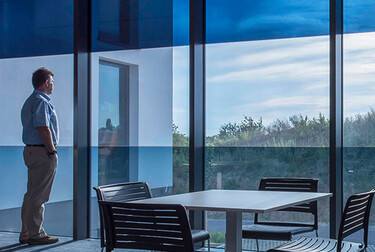
Last year I was lucky enough to take a honeymoon trip to Hong Kong, in search of good food and a taste of the exotic. One of the little luxuries that my husband and I decided to afford ourselves for this special occasion was the chance to look out over the bay of Hong Kong. We had heard the view was stunning – whether enjoyed from the bathtub in our room or from the top floor of a grand hotel as we savored Cantonese dishes. It’s unlikely that we would have paid the same price for the room or the dim sum had the view been just of the walls around us, even if they had been decorated with works by the grandmasters of the Qing Dynasty. But “you only get married once,” we told ourselves...

View over the bay of Hong Kong from one of the island’s most fashionable restaurants
Views have real economic value
No doubt you have found this yourself: the cost of real estate, the price of a hotel room and the status of a restaurant, can be greatly influenced by the view. Views of the snow-covered Alps, the bays of Ha Long or Hong Kong, or the New York skyline are highly coveted and usually come at a high price. A study1 of properties situated on the British coast, for example, showed that a sea view can increase the price of a house by between 47% and 82%.
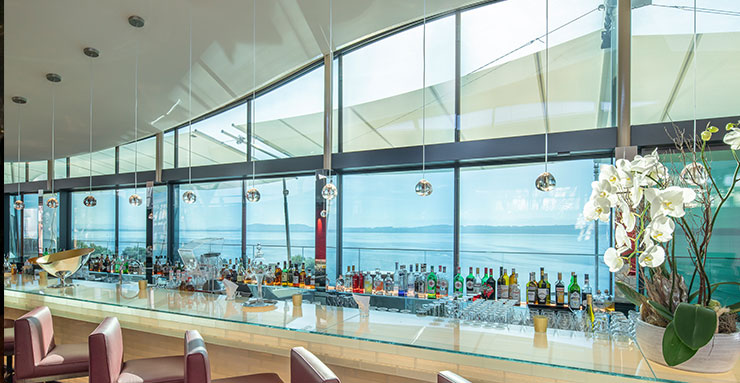
View of Lake Neuchâtel from the bar of the Best Western Premier Hotel Beaulac in Switzerland
Research conducted in the United States in 20052 confirmed the theory that views have economic value, based on data from hotels, residential areas and office buildings located in several cities. According to this study, the view affected the price of residential and office buildings, in particular. The effect was less pronounced in hotels, since they offer more short-term accommodation and the price is also influenced by the type of room and the services offered.
Nevertheless, a more recent Human Spaces study3 of the hospitality sector revealed a positive correlation between a room’s price and the view, based on a statistical analysis of data from the Hotels.com website. On average, a premium of 11% to 18% is added onto the price of rooms with a sea view or a view of natural surroundings in general.
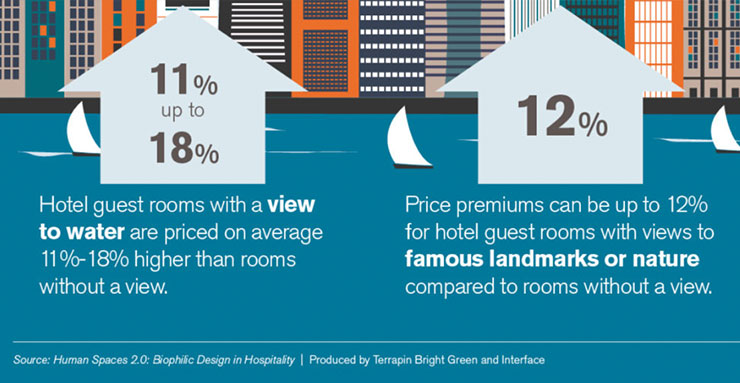
Rooms with a view of the sea or natural surroundings are 11% to 18% more expensive on average
(source: Human Spaces 2.0: Biophilic Design in Hospitality)
Windows to enjoy the views... which are often obstructed!
When it comes to enjoying these views from inside our buildings, nothing is more important than large windows. However, such large windows can also generate too much heat and glare, and therefore cause discomfort. Our usual response is to close the blinds, but then we have to say goodbye to the lovely views (and the daylight)!
A study4 of 55 buildings in New York showed that, on average, 75% of buildings have their blinds closed over more than half of the surface of their windows, regardless of the orientation, time of day or type of building (residential or office). A similar study5 carried out in Switzerland came up with the same findings.
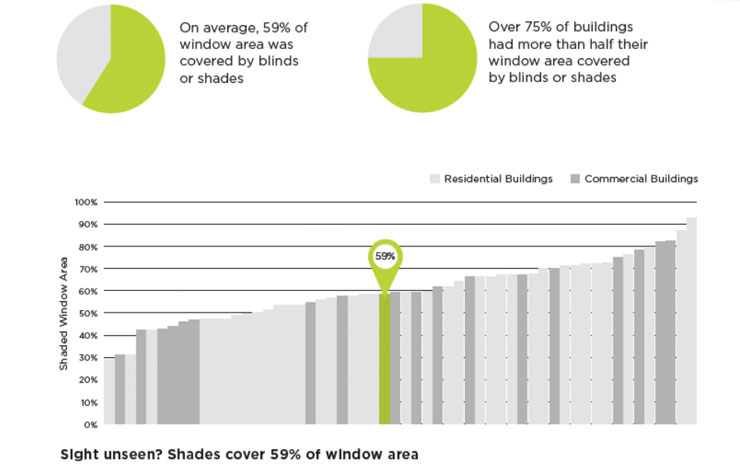
Blinds cover an average of 59% of the surface of windows, and 75% of buildings analyzed had their blinds lowered over more than half of the surface of their windows
(source: Seduced by the View, Urban Green Council, 2013)
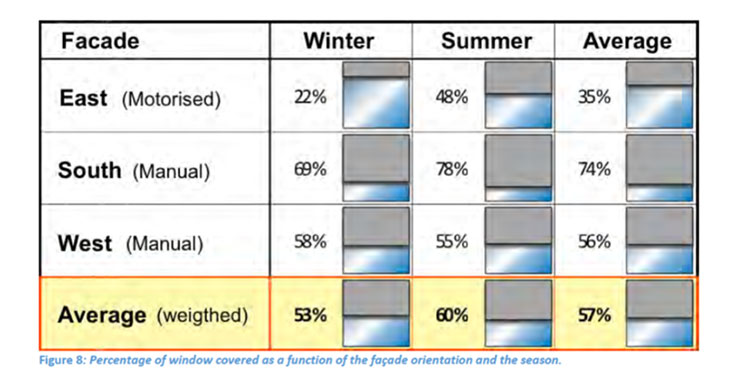
Blinds cover an average of 57% of the surface of windows, no matter the season and orientation
(source: Global Lighting Performance, Estia, 2015)
Nowadays, there are automated control systems available that can optimize the use of blinds based on weather conditions. However, once the blinds are lowered, the problem remains: the views can no longer be fully appreciated. Even with the most “high-performance” fabric or Venetian blinds the views cannot be compared to those through a clear window. Dissatisfaction, discomfort, frustration... these are the kinds of feelings stirred up by the loss of a view, if the opinions of certain members of the Twittersphere are anything to go by:
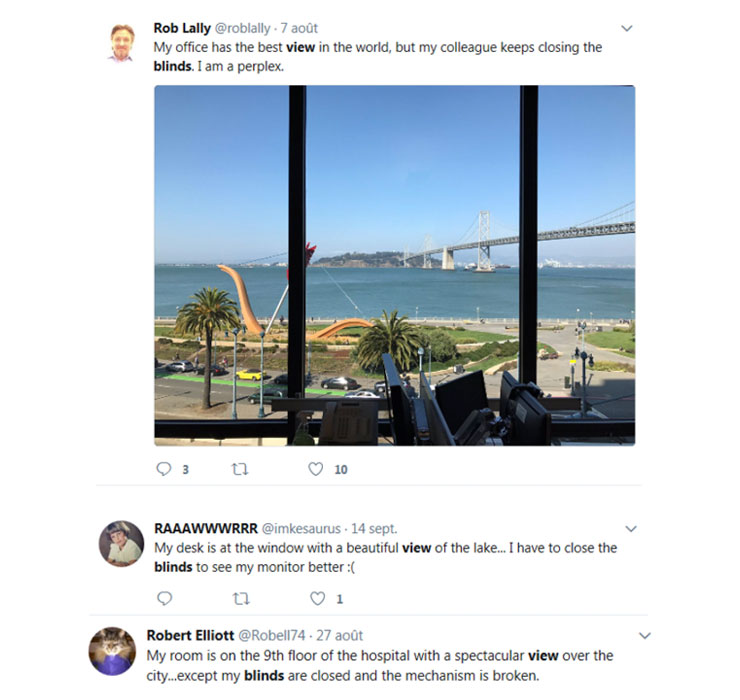
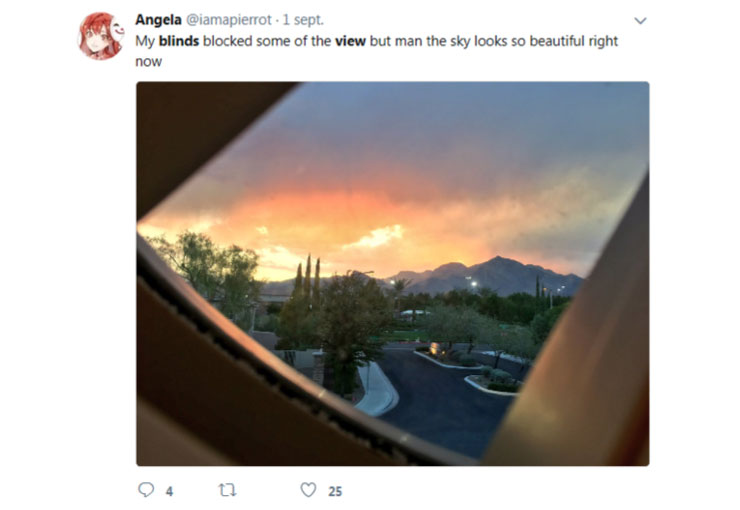
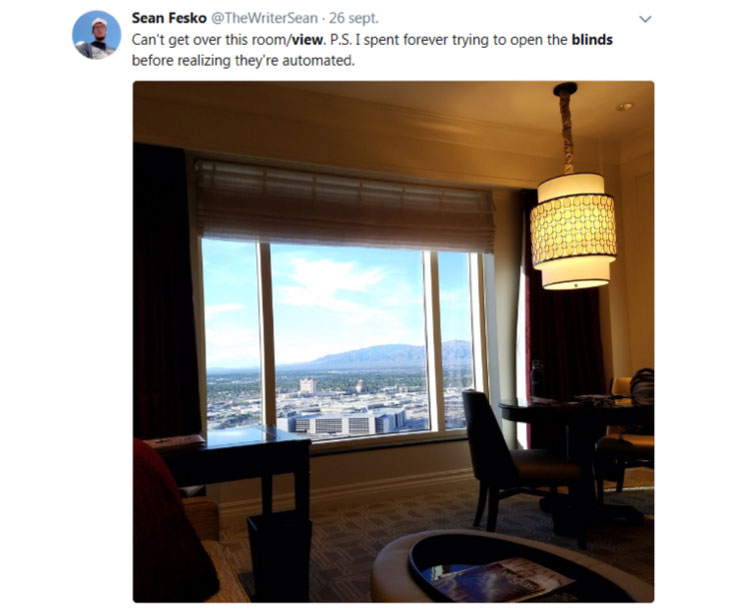
Who wants to pay a high price only to be left unable to enjoy what they have paid for?
Fortunately, new solutions, such as dynamic glazing, are now available to ensure continued access to views outside, with no negative impact on user comfort or energy consumption in the building. Developers, owners and businesses can demonstrate the value of their properties and services, while continuing to build customer loyalty and attract new customers.
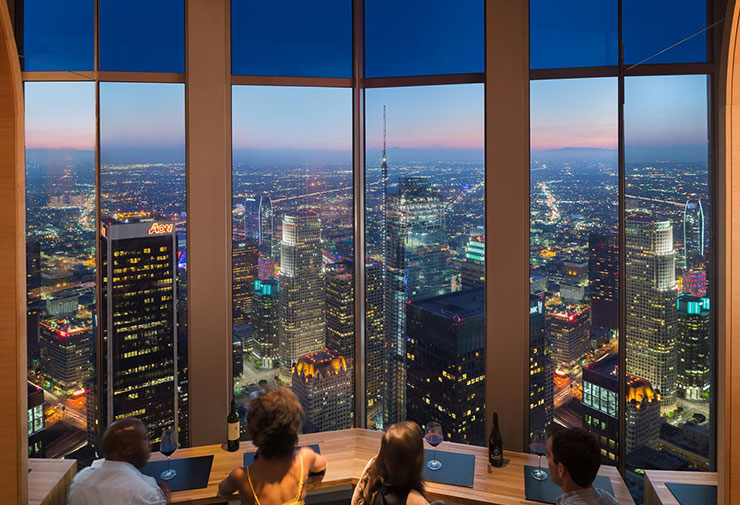
Dynamic glazing is used to control the daylight and heat entering through the windows, while preserving the views of the Los Angeles skyline from restaurant 71 Above.
- www.bbc.com/news/business-23255452
- J. Kim, J. Wineman, Are Windows and Views Really Better? A Quantitative Analysis of the Economic and Psychological Value of Views, 2005
- Human Spaces 2.0: Biophilic Design in Hospitality
- Seduced by the View, Urban Green Council Report, 2013
- Global Lighting Performance, Estia, 2015